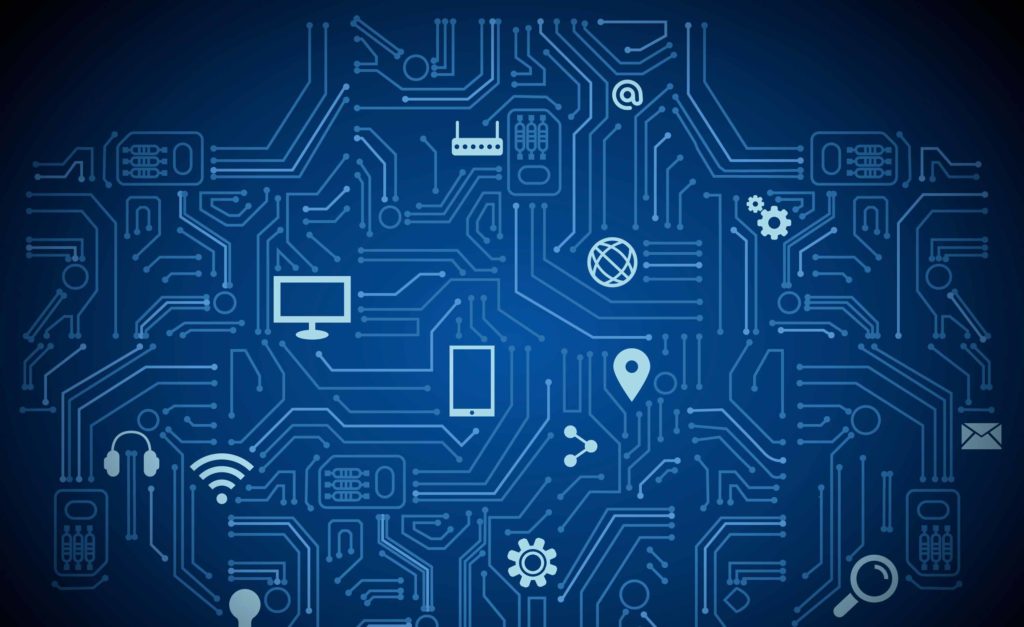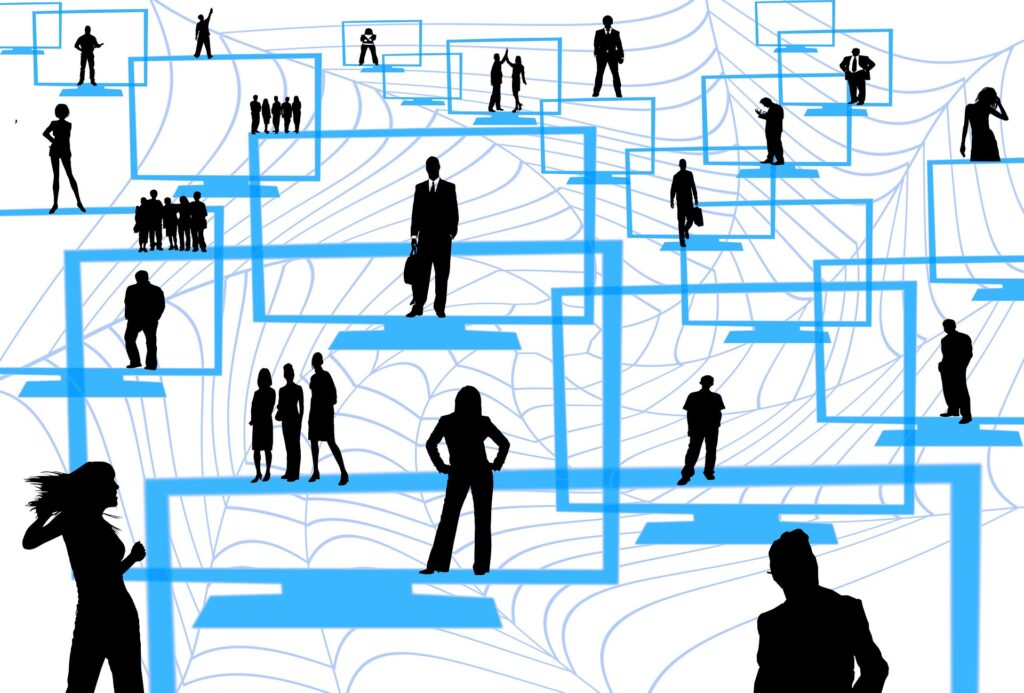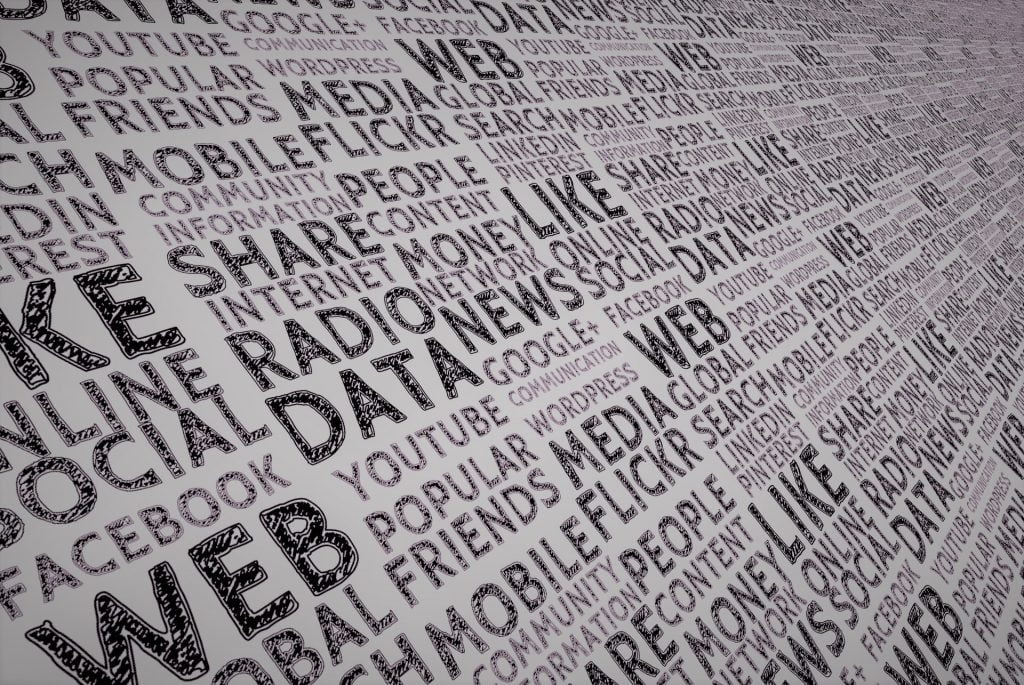What is a DBMS?
Nowadays, most business organizations use Database management systems to run their business operations smoothly. A Database Management System is software that centralizes and manages the data efficiently and gives access to the stored data through application programs. It acts as an interface between physical data files and application programs. Using database technology is an effective way for organizations to store data in separate files for each application.
The database management system shows the physical database in different logical views to access the organized data easily. Basically, business organizations use database management systems for performance monitoring, change management, security, and backup data.
Role of database management systems
Database management systems play a significant role in business organizations. This has created a systematic way to manage data in the companies. So mainly, database systems are used to access data, manage relationships between data, and update the data.
Accessing company data
With the use of database management systems, users can access the data they required quickly. Modern database management systems run on a structured query language (a programming language) to access and update data. And also, there are some programs such as MySQL queries, Microsoft SQL Server to access data over the SQL queries.
Managing data
Managers can use the database management system to enter new information into the system and update current information. They also can remove unnecessary information when they don’t need them anymore.
Managing relationship between data
This function can be referred to as the most important one in a database management system. A DBMS allows various data tables to relate other. For instance, a database system contains information about employee data on its production department and another table with marketing department employee data. Then a relational database will be effectively managing their relationships in a systematic way, so the managers can easily understand employee information like how many employees in the marketing department, salaries & wages in production department employees.
It helps users to search data easily
Users can find any type of information from the entire system. It means, if a user needs to find specific information, they don’t need to find that information from the whole system by checking one by one. The only thing that the user needs to do is type or select the particular information in the database system. Then the user can easily find that specific information.
Types of Database management systems
When considering the types of DBMS, there are mainly several types: relational database, network database, object-oriented database, hierarchical database, ER model database, document database, Graph database, and NoSQL database.
Relational database
Relational database
The relational database system can be referred to as the most popular database management system. Most business organizations use this relational database system to manage their business operations. RDBMS or RDB is a system that stores data in tables, and it can be used in relation to other stored data. It means RDBMS represents data over two relational tables. The tables are referred to as files, and each table consists of entity data and attributes. The RDB tables can be used to easily combine and serve data required by users. Therefore relational databases have the capability of managing multitudes of data as well as complex queries.
Network database
The Network database management system, also called as Network DBMS is a type of system that uses a network structure to create a relationship between companies. Large digital computers usually use this type of database system. Network DBMS are hierarchical databases, and they look more like an interrelated network of records.
Some examples for network databases are as follows,
TurboIMAGE
UNIVAC DMS-1100
Integrated Data Store (IDS)
Integrated Database Management System (IDMS)
Raima Database Management
Object-oriented database
The Object-Oriented Database, also known as Object Database Management System (ODBMS), is a type of database system that represents and stores data as objects. These OODMSSs are based on object-oriented programming (OOP), and they also combine with relational database principles. With the use of object databases, the programmers are able to develop products, modify existing objects and store the developed products. Some object-oriented programming languages used in OODMSs are Java, C#, Python, and JavaScript.
Hierarchical database
A hierarchical database refers to a type of database system that represents data based on a tree-like form. In hierarchical DBMSs, the data is stored in a parent-children relationship node, and it also consists of information about their groups of relationships.
A company organization chart is an example of a hierarchical data model. And when considering some popular hierarchical databases, there are windows registry, IBM information Management system (IMS), and RDM mobile.
ER model database
The entity-relationship data model, ER model database, is a diagram that represents relationships of entities stored in a database. These diagrams are based on concepts including entities, attributes, and relationships. ER diagram helps to show the logical structure of a database. Therefore an ER model can be referred to as a blueprint or a design of a database.
Document database
When it comes to document databases, the document database or document-oriented database is a database that helps developers store and query data as documents. There are different types of documents, such as semi-structured, flexible, and hierarchical, and this database allows them to develop with the application’s requirements.
The notion of the document is the core concept of a document-oriented database. Basically, this type of database encodes their data or information using standard formats such as XAML, XML, JSON, and BSON.
Graph database
The graph database, also known as semantic database, is a database system that uses graph structures to deliver and store data. A graph database is based on graph theory, and there are some objects, including nodes, edges, and properties. Nodes are used to store relationships or connections between data entities. So basically, a graph database is built to store and navigate relationships.
NoSQL database
NoSQL database or Non-SQL database refers to a database type that stores relationship data differently rather than relational databases. It allows related data to be inserted within a single data structure. So basically, a NoSQL database is a flexible, non-relational, scalable, and distributed database.





